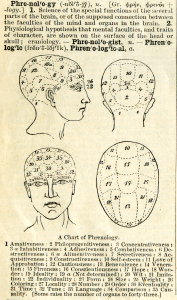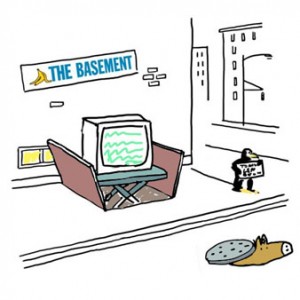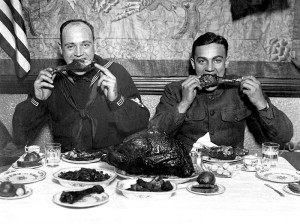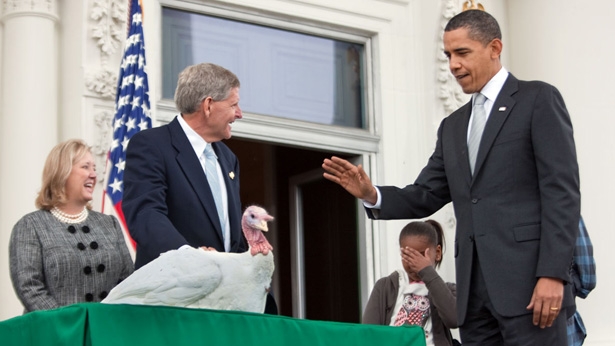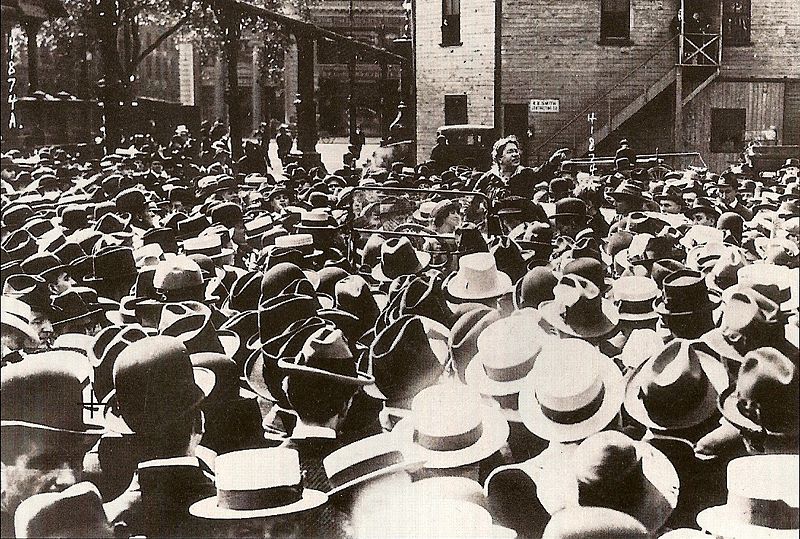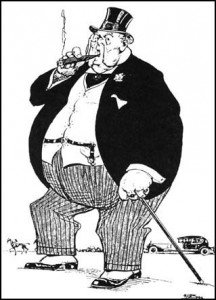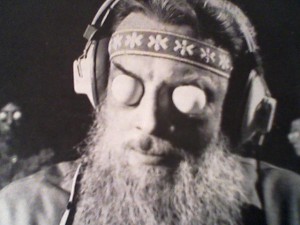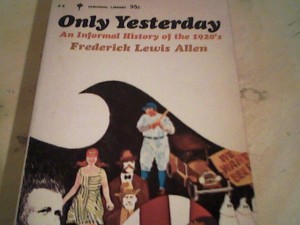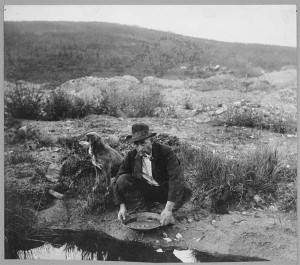
Jacko: not long for this world. (Image by Chris huh.)
In 1895, Jacko, a randy Brooklyn monkey with an eye for the ladies, took ill near Prospect Park and met his maker. Locals provided a touching and ridiculously excessive funeral for him. A reporter from the Brooklyn Daily Eagle, who somehow had nothing better to do, recalled the monkey’s demise in the June 30 issue. An excerpt:
On Memorial Day some children who live on Prospect Park slope decorated the grave of Jacko, a little South American who most unwillingly left his native country, his parents and kindred to come to Brooklyn. He had many exceedingly endearing traits of character, and although he lived here but a short time, when he died he had a grand funeral and many sincere admirers mourned his loss.
Jacko was a monkey and this is how it came about that he left his sunny home to come to Brooklyn: Uncle Foster had at one time been a sea captain and frequently told his wife and their little nieces and nephews of the strange countries he had visited. Mrs. Foster wished very much to have a small monkey. So the captain asked a friend who commanded a vessel that went to South America to get a midget monkey for him and in course of time Jacko arrived.
He had been dreadfully seasick on the journey north. One day he got out of his cage. The sailors had to get long poles that would reach the high places in the saloon upon which the little fellow climbed, and beat him almost to death before he would come down. Jacko never forgave the men for their cruelty, and through the rest of the voyage he refused to take food from any one except the captain or the stewardess. Sailors and subordinates he scornfully turned his back upon.

Lincoln's funeral wasn't this elaborate.
He was given a warm reception by all the friends of the Fosters from far and near. To their very faces he mimicked their vanities and affectations, but they laughed at him and loved him. Had death not cut him off so soon he was destined to be a great gallant, for he manifested his strong preference for women and little girls. Quick as a flash he would jump into a woman’s lap, up on her shoulder, twist his long tail round her neck and commence expressing, in his monkey language, his admiration of the way she arranged her hair. His style of courtship was better understood by himself than appreciated by the women. Several were badly frightened by the five pound dandy. Their hysterics Jacko could reproduce to perfection, which, on the spot, he promptly did, but swooning was too much for his young dramatic abilities. Had he lived longer he might have attempted the emotional, but farce was evidently his forte.
Jacko took cold after the first fall rain and went into quick consumption. Every effort was made to save him, but it was not to be. In his last hours he was not content in any place except in his mistress’ lap. His little body wasted away to a mere nothing. He would rack himself almost to death coughing, then look pleadingly into his mistress’ face as if to say ‘Don’t you see how sick I am?’ The last thing he ever did was to stretch out his hand to her as if to say ‘Goodby.’ Then he died softly and noiselessly as a thistle down floats on a summer’s breeze.

Jacko was slightly too large to flush down the crapper, but I still would've tried. (Image by Usien.)
The children took full charge of the funeral, and it must be confessed that all was conducted according to the dictates of love and grief. Jacko was put in a little coffin covered and lined with pink satin. His poor little brown hands and throat were tied with pink and white ribbon. Pink and white flowers were in his hands and yards of smilax twined around the table and over his coffin. The poet and artist nephew of the family designed and executed a real work of art, a card, upon which one might read:
‘Jacko Foster is my name,
South America is my nation,
Brooklyn was my dwelling place,
Heaven is my expectation
When I am dead and in my grave,
And all my bones are rotten,
One little wish is all I ask,
Don’t let me be forgotten.’
Uncle Foster was at first inclined to resent the relationship implied in the inscription. But he found consolation by thinking of the great Darwin and mumbling to himself that it is not worth while to take notice of trifles.
The coffin was carried to the back yard by the pall bearers, lowered into the grave with ropes, earth was shoveled in and a mound formed. So ended the brief career of poor little Jacko.”





